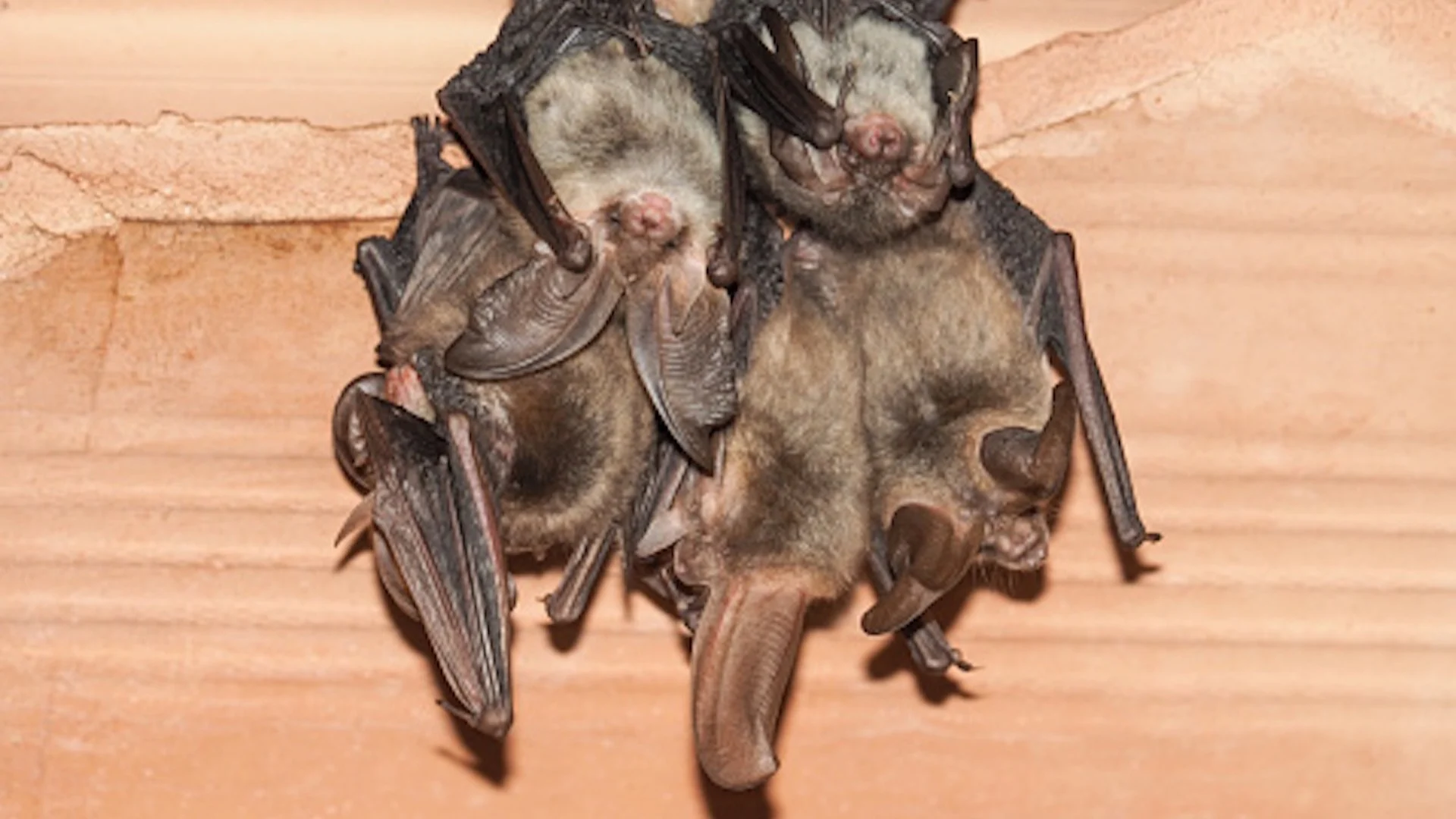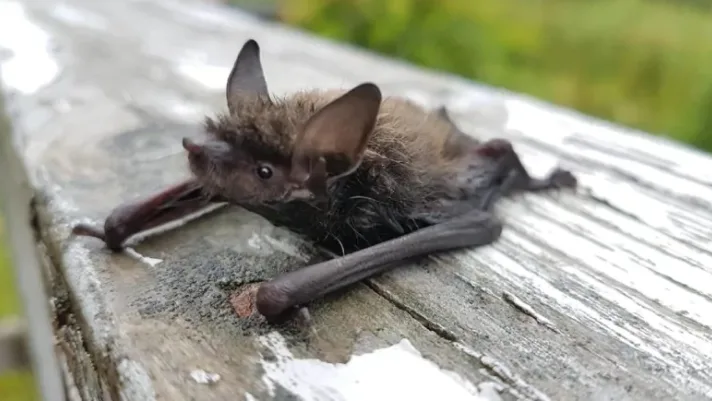
Animals are shrinking, researchers say: That could affect the boreal forest
A new study published in the journal Science suggests that body size in many species across the animal kingdom is declining.
Researchers reviewed 60 years of data from all over the world and discovered that all kinds of species, from fish to plants and mammals, are shrinking over time. Not only are some species smaller than they used to be, but those smaller species seem to be increasingly outcompeting bigger ones.
The researchers looked at 5,000 ecosystems over those 60 years, and found significant changes in 4,300 unique species.
SEE ALSO: Invasive alien species present in "every country," according to new report
As ecosystems are often structured in terms of species' size — big animals eat smaller animals which in turn prey on smaller animals — this may present a serious disruption, according to the authors of the study.
"As organisms become smaller, or we remove the top predators, we can expect ecosystems to fundamentally change as well," said lead researcher Inês Martins, from Scotland's University of St. Andrews. "Which would have considerable measurable consequences to the species that live in them, the services they provide and how humans benefit from them."

Inês Martins is a macroecologist and lead author of a new paper on animal body size changes published in the journal Science. (Caitrin Pilkington/CBC)
The changes in body size can be attributed to a number of different factors, the researchers say, from warmer temperatures to decreased food availability. Previous research has also drawn a link between the selective exploitation of bigger fish by commercial fishers.
The new study found that the changes in body size were particularly prevalent in fish.
"Fishing competitions have seen smaller and smaller trophy fish," said Martins. "We also know that most of the threatened species we have nowadays are large-body species. Humans have long preferred to hunt and eat the big things."
Some people in the Yukon say they've also been noticing changes similar to what the researchers observed.
"Across the board with chinook [salmon], we're seeing them coming in smaller," said Tom Buzzell, manager of transboundary rivers operations with Fisheries and Oceans Canada in Whitehorse.
"These are changes that have happened with the run everywhere. The really large chinook are less and less."
WATCH: Lakefront homeowners showing love for the environment
'Our bats are shrinking,' says Yukon biologist
Outside of the water, the trend isn't as straightforward. The data indicated that more complicated changes are taking place on land — the impacts of climate change have some species getting smaller over time while others get bigger.
We often rely on population figures to tell us everything we need to know about the health of a species, but Martins says this approach leaves out key details; determining the viability of a species by recording the number of individuals doesn't tell the full story.
"To fully understand the effects of environmental change and the impact of human activity on living things, we must not neglect changes within species themselves," she said.
Yukon government senior biologist Tom Jung has found that the difference of a few centimetres or grams can have an outsize impact on an ecosystem like the northern boreal forest. He's part of a research team that looked at body size changes in little brown bats.

'We found that smaller bats just don't survive as well. There's a direct link between this climate change effect and survival of bats,' said Tom Jung, a senior biologist with the Yukon Government. (Caitrin Pilkington/CBC)
"In a nutshell, we found our bats are shrinking, and that it's been happening quickly," said Jung.
"The neat thing about our work is that we were able to link it to a mechanism through some statistical modelling and pinpoint why."
Undersized bats are created by nutritional stress — by nursing mothers and juveniles not being able to eat as much as they need.
The researchers in the Yukon found that during rainy nights, bats were having a hard time locating flying insects because their echolocation doesn't work as well in the rain. As a result, they are increasingly being forced to skip meals.
Year over year, increases in summer rainfall in the southwestern Yukon have made it especially difficult for bats to raise their young.
DON'T MISS: Only scary thing about bats is the rate of their population decline
"The question is, does it really matter that they're getting smaller?" said Jung. "And it seems to matter, because we found that smaller bats just don't survive as well. There's a direct link between this climate change effect and survival of bats."
Young trees in the boreal forest depend on these little brown bats, as they play an important role in managing levels of nocturnal forest pests. As insect populations grow unchecked, boreal trees aren't growing as strong or healthy as they should be. The link between the number of bats and forest health is so strong that Jung says many biologists judge how a forest is doing by its bats.
"With bats declining, we can expect some large-scale changes to our forests," he said. "No other species will pick up the slack and do what bats do — take on the ecological service that they provide for us."

(CBC)
Forests in the Yukon and southern Northwest Territories are particularly sensitive. The northern boreal forest has less biodiversity than southern forests, which leaves them particularly vulnerable to these kinds of changes. Jung describes the northern boreal forest as a simple, fragile system.
"There's only so many pieces to the ecosystem and they're all interconnected," he said. "You take one species out and there's not necessarily another species that can fulfil that role."
The cascading impacts of climate change can be difficult to fully grasp. Both Jung and Martins said more work is urgently needed to help understand what's coming, and what changing body size among species in thousands of ecosystems means.
For Jung, figuring out why one species in particular is getting smaller was a meaningful contribution to that puzzle.
"The way our team was able to put those particular pieces together is illuminating," he said.
WATCH: This unique Canadian farm rents out bees to farmers
Thumbnail courtesy of Getty Images.
The story was originally written by Caitrin Pilkington and published for CBC News. It contains files from Mike Rudyk.










